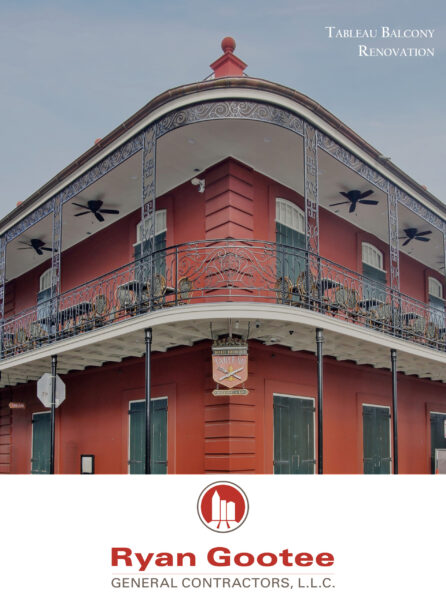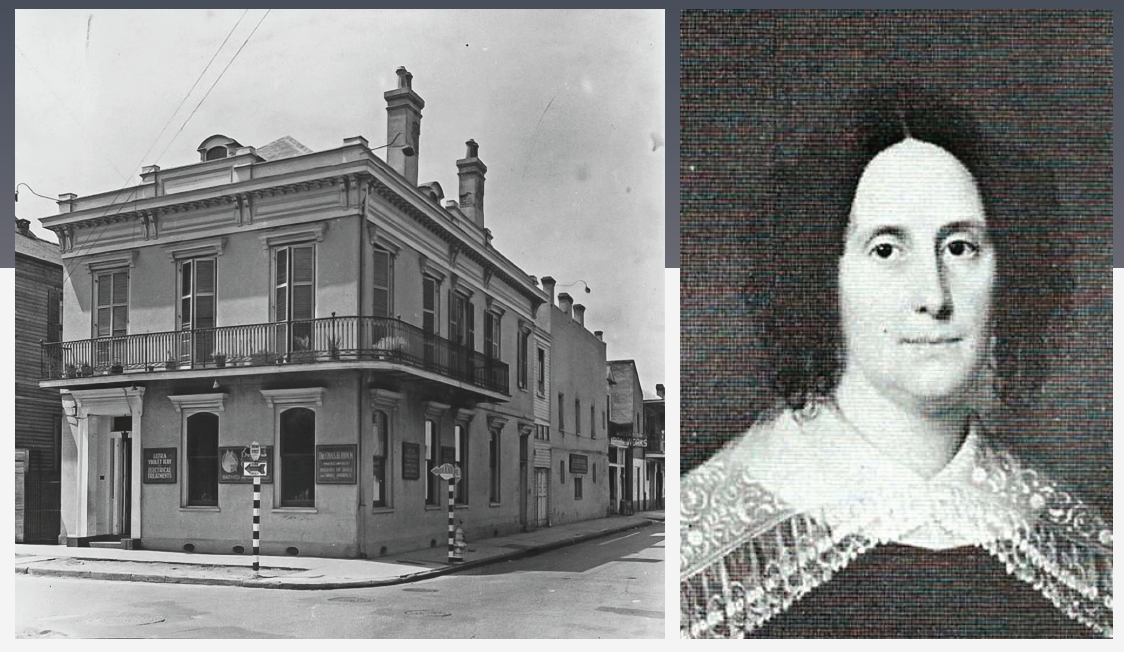This story appeared in the February/March issue of PRC’s Preservation in Print magazine. Interested in getting more preservation stories like this delivered to your door? Become a member of the PRC for a subscription!
By Dr. Chip McGimsey, State Archaeologist
Last summer and fall, the Mississippi River experienced a significant decrease in water levels due to a prolonged drought across the Midwestern United States. In Baton Rouge, the river reached a low of 4.12 feet on Oct. 22. (Flood stage is 35 feet.) While not the lowest level on record, it is the lowest the river has been for some years.
While the low water caused significant problems for shipping and other commercial activities, it was a great thing for archaeology. Shipwrecks by their very nature are submerged and typically invisible, but a drought can expose large portions of the river bottom where the wrecks lie buried. That was the case this year.
Advertisement
In early October, Patrick Ford was exploring the newly exposed riverbank in the downtown Baton Rouge area when he discovered the remains of a wooden ship. Within a day, I was in contact with Ford, a Baton Rouge native, and visited the wreck. That weekend, both local TV stations and the local newspaper did stories on the wreck, and the news spread like wildfire. After the stories, visitors began coming down to see the wreck, and at any given time, there were up to 40 people present. Although no count was kept, thousands of people from around the region and even neighboring states came to see it.
While the local interest was expected, the story spread far beyond Louisiana. Over the next eight weeks, I did 29 interviews with local, national and international print, radio and digital media. Nearly 60 percent of the world’s population could have seen a story about this ship.
The wreck is that of the Brookhill, a double-hulled paddlewheel steamship that operated as the night ferry between Baton Rouge and Port Allen. It was probably built in the late 1890s. The vessel would have been about 120 feet long and 30 to 40 feet wide.
Photo 1: View to the southeast of the wreck on the river bank in downtown Baton Rouge. Image courtesy of Forte and Tablada. Photo 2: The Istrouma, shown here in a vintage postcard, was a sister ship of the Brookhill. Both vessels sank in September 1915 during a strong storm. Image courtesy of the East Baton Rouge Parish Library system
The Brookhill had a difficult life. It sank in June 1906 during a windstorm while tied at the dock, but it was raised and put back into service. The vessel was punctured by a floating log while sitting at the dock in November 1907 and again raised. It sank for the last time in September 1915 during a strong storm. Its sister ship, the Istrouma, broke free of the dock and was carried downstream where it eventually sank, while the Brookhill sank at the ferry landing.
Over time, river currents removed most of the vessel, leaving only one hull and the iron boiler. The hull, one of two that supported the passenger and cargo deck, is 95 feet long and 10 feet wide. It is flat-bottomed, and the hull curves up into vertical sides. The hull was simply for flotation and did not carry cargo.
This part of the ship remained intact because it became buried in mud that protected it. The wreck was first recorded in 1992 when only the very tops of the sides were visible. In recent years, the river currents have shifted such that they are now eroding the mud from around and inside the wreck. While this is great for archaeology and allows everyone to really see it, the lack of protection may result in significant damage to the vessel once the river rises to cover it. Given the vessel’s size, location and degree of preservation, it will remain where it currently lies. At some point, the river will rise and submerge her once again.
Advertisement
The extraordinary interest in the Brookhill raised expectations that other shipwrecks would be reported. An effort was made to find one wreck, the Princess, that was known to lie just south of Baton Rouge. The Princess was one of the “floating palace” paddle wheel steamboats that catered to the affluent members of society. Its steam boilers exploded during a trip downriver in 1859, and the vessel burned with a considerable loss of life. Although the location where it sank is known, the river has not dropped enough for it to be visible.
Several weeks after the Brookhill made its media splash, Aaron Bencaz was exploring the river bottom south of Baton Rouge and spied another possible wreck. Aaron’s Wreck, as it is now known, is likely part of a flat-bottomed barge or a section of a dock. It is about 50 feet long and at least 20 feet wide. The river never dropped far enough to see the entire structure, so its complete size and purpose remain a mystery.
The low water of 2022 exposed two wrecks in the vicinity of Baton Rouge. Both provide a special glimpse of a piece of our history. The Brookhill in particular provided a wonderful opportunity for people of all ages to visit and experience Baton Rouge’s history up close and personal. Hopefully, there will be an opportunity for her to teach a new generation the next time the river goes down.
Photo 1: The wreck of the Brookhill, a double-hulled paddlewheel steamship that operated as the night ferry between Baton Rouge and Port Allen, became visible last year due to low water levels in the Mississippi River. Photo by Nicole Hobson-Morris. Photo 2: Chip McGimsey, Ginger Bencaz and Aaron Bencaz investigate Aaron’s Wreck (foreground). Photo courtesy of Chip McGimsey.
Advertisements














